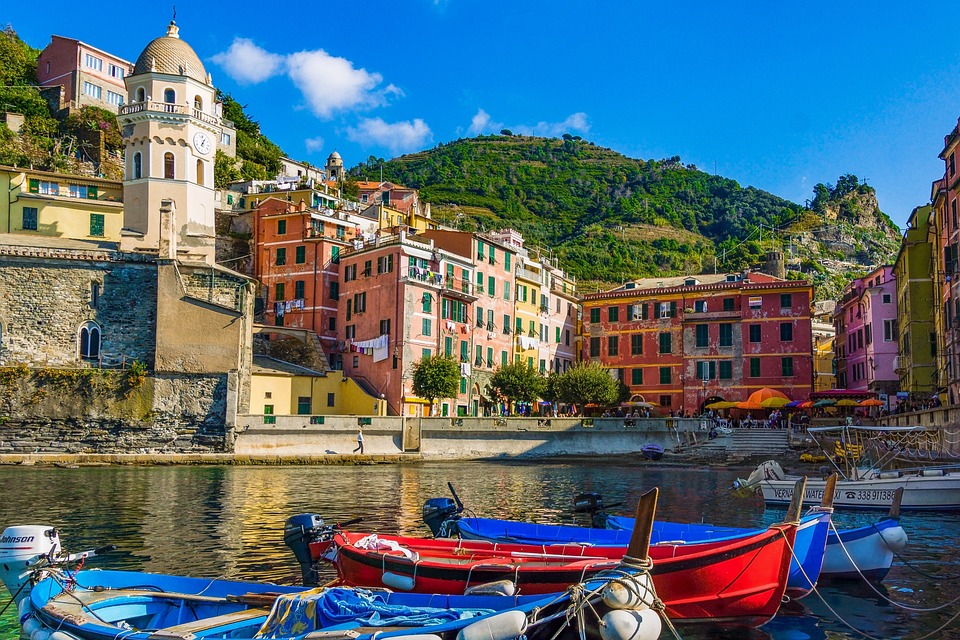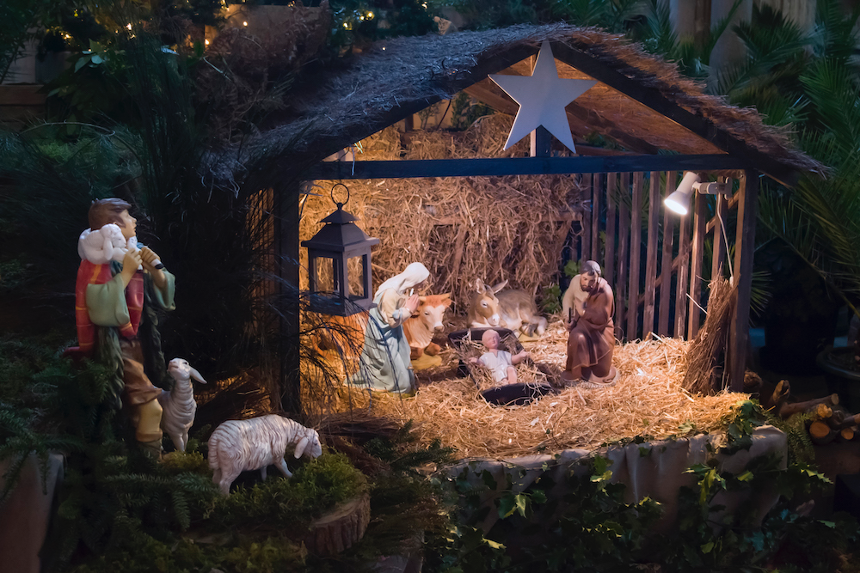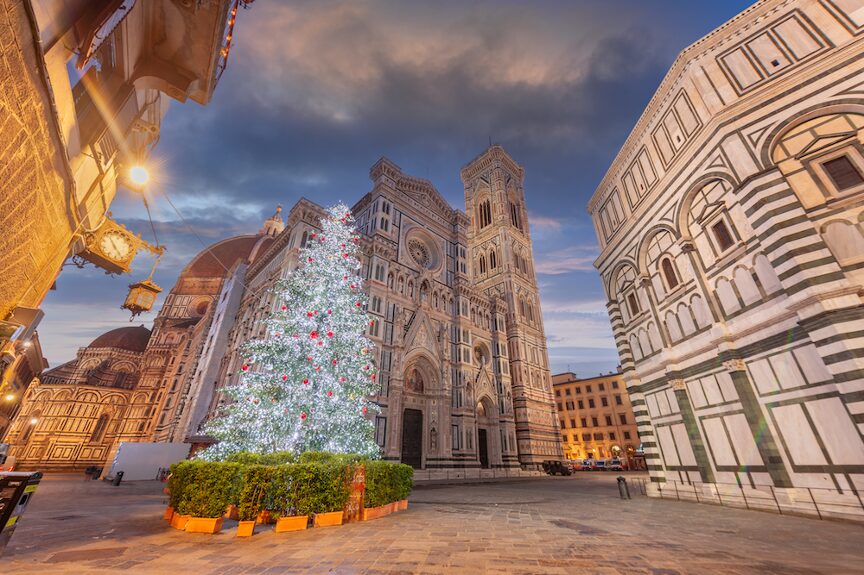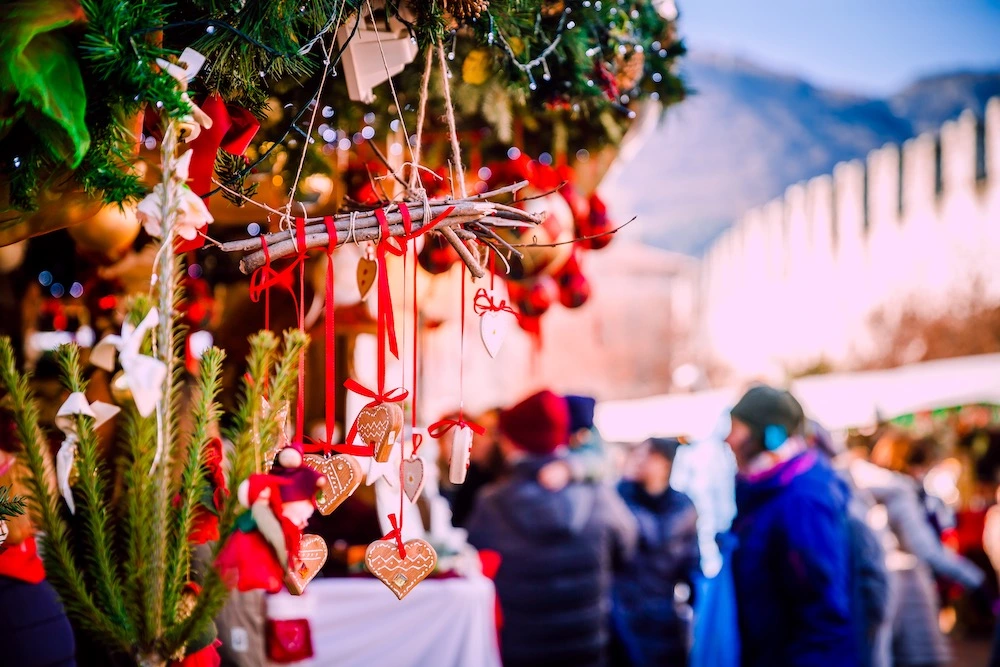There are many Italian cities that can be reached by train. If you are thinking about a holiday of sun, sand and relaxation, this list is for you. Here is where to go to the seaside by train: these places are easily accessible from some of the major Italian cities and, of course, will offer you a wonderful sea.
Where to go to the seaside from Milan
What are the best seaside places that can be reached by train from Milan? They are mainly these three:
- Genoa and the Cinque Terre. An ideal solution for those who want to spend a totally relaxing holiday. From Milan to Genoa Piazza Principe takes about 1 hour and 30 minutes by train. From Genoa, take the regional line to La Spezia: each stop is one of the beautiful villages dotting the Cinque Terre.
- Venice. From Milan to Venice Mestre is about two hours by train. From the Venetian capital, it will not be difficult to reach the sandy beaches, which characterise the Venetian coastline, from the Lagoon by heading north towards Eraclea Mare.
- Riviera Romagnola. Nothing could be simpler: take the high-speed train to Bologna Centrale station (about 1 hour) and then take the regional train to Rimini Miramare (about 1 hour and 30 minutes): two and a half hours in all and you will be at the seaside. Rimini is the ideal destination for fun-seekers.
Where to go to the seaside from Rome
First of all, we must mention Rome’s lido par excellence, Ostia, which is easily reached from Roma Termini by taking the Roma-Lido railway line. In all, it takes about 45 minutes.
Heading north, there is one of the most popular places for all Romans who decide to spend a day at the seaside: we are talking about Santa Marinella, whose railway station is served by the regional line FR5. By train, it will take you just under an hour.
Towards the south, you can take the train in the direction of Nettuno and get off at Anzio or at Nettuno itself: excellent choices for those who want to spend the day at the seaside with the family, as the beaches here are large, sandy and perfectly equipped.
And how can we not mention the splendid Sabaudia, the VIP beach resort? From Rome, you have to arrive by train at Priverno-Fossanova (56 minutes) and then take a Cotral bus to Sabaudia. The journey is a little longer but well worth it, considering the beauty of the place.
Where to go to the seaside from Naples
From the Napoli Centrale station in Piazza Garibaldi, take the Circumvesuviana towards Sorrento. Once past Pozzano station, you can enjoy the sea of the Sorrento Coast by stopping at one of these stations:
- Scrajo;
- Vico Equense;
- Seiano;
- Meta;
- Piano;
- Sant’Agnello;
- Sorrento.
Beware of one thing: to reach the beaches you have to descend several steps, so it is best to travel as light as possible, carrying only the bare essentials.
Where to go to the seaside in Apulia
The sea can be reached by train in Apulia as well. In particular, you have to take the Adriatic line, the one that connects Bari to Lecce, then head towards Salento. The railway continues along the coast to Monopoli. You can stop at Mola di Bari, or in Polignano a Mare, birthplace of the great Domenico Modugno.
If you want to take a slightly more complicated route, you can take a train to Foggia (1 hour 30 minutes) and then a bus to Vieste (another hour and a half). The journey is long but the place beautiful, so it is worth it.
Where to go to the seaside from Palermo
Sicily’s beaches would deserve a chapter of their own, but here are the best seaside places that can be easily reached by train from Palermo:
- Cefalù (1 hour);
- Castellammare del Golfo (1 hour 45 minutes). Along this route there are also popular seaside resorts such as Cinisi, Terrasini, Balestrate, Alcamo Marina.
Book your trip now!
Have you chosen your destination? To book your train journey buy Trenitalia tickets with Forexchange.
Photo Credits:
Kookay, Pixabay









